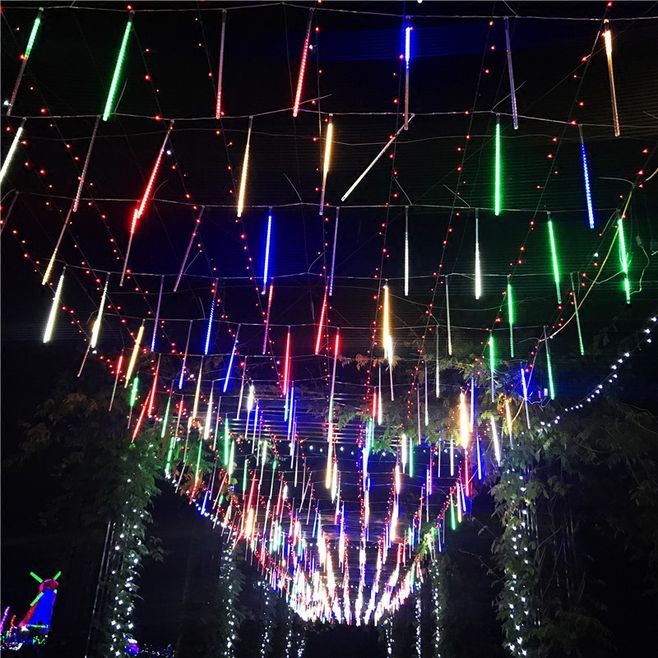

time:2021-09-27 Views:21
Infrared light board, it is the night light of infrared camera, most of the light board is integrated in the camera shell. There is a light control switch on the infrared light board, which is what we often call the photoresistor, because of it, the camera can control the opening and closing of the infrared light.
1. The raw materials are prepared, and the engineer designs the PCB plan, and then hands it to the PCB manufacturer for the printed circuit board. Then there is the purchase of raw materials, including resistors, diodes, and triodes.
2. Perform HSMT or SMT, HSMT refers to manual placement, and SMT refers to equipment automatic placement.
3. In the choice of infrared lamp, the size, angle or non-lace image of the infrared lamp should be selected according to the requirements of the scheme.

4. Lead-through furnace, also known as reflow soldering, uses the principle of shrinkage when hot melt tin meets a copper-free gap, which prevents the tin from closing the pad and facilitates the subsequent process flow. Before reflow soldering, there is no need to insert an infrared lamp or a photoresistor, and the power pin should be glued with high temperature adhesive paper to avoid being sealed when passing through the lead furnace.
5. Next is DIP, which is the plug-in. When inserting the selected LED infrared lamp into the PCB board, the positive and negative poles of the LED infrared lamp must be distinguished (the PN junction in the LED infrared lamp can distinguish positive and negative poles, large negative poles, and small positive poles).
6. After wave soldering, one person puts the board at both ends of the machine, and the other receives the board. Employees must wear protective gloves during operation to prevent burns. Placing an ion fan at the exit end can use infrared light boards for rapid cooling, which is also conducive to prevention. Static electricity.
7. The cutting feet of DIP plug-in can be divided into manual cutting feet and manual cutting feet. At this time, pay attention to the cutting position, not too long, so that the feet will easily break and cause a short circuit during transportation, and not too short. Consider protecting electronic equipment, such as triodes. During the trimming process, employees must wear goggles to prevent debris from splashing on the eyes.
8. The visual inspection is mainly to check whether the process flow is correct, whether the electronic equipment is incorrectly attached, whether the tin point is qualified, and whether the tin point is unqualified. It is generally carried out by hand with ferrochrome.
9. Install the power pin.
10. When installing the photosensitive resistor, you must install a plastic sleeve on the photosensitive resistor, and then install the infrared light board.
11. Second check, connect the power supply, check whether the light is completely on, whether the photoresistor is working, and pick out the defective product.
12. Panel washing is divided into manual washing and mechanical washing, because there are many residual lead residues on the infrared lamp board. The proportion of the washing water should be appropriate, the immersion time should be controlled, and the speed of the overwashing should be controlled, otherwise it will easily damage the circuit board. After the machine washes the board, check that the infrared light board is not cleaned, and use a toothbrush. Dip it with washing water and wash it by hand.
13. When drying, pay attention to the temperature of the dryer. If the temperature is too high, the lead will fall off; if it is too low, there will be no drying effect.
14. Install the filter.
15. After QC inspection, it is mainly whether the TEST infrared light board can work normally, PASS products undergo the next process of aging, and defective products are repaired.
16. Aging (usually 72 hours).
17. Check. When the infrared light board is aging, check it every two hours, and make an inspection record.
18. After aging, check again, and the process flow of the infrared light board is completed.